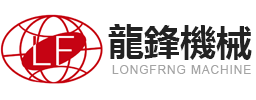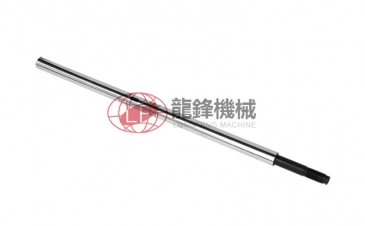Mirror shaft machining
The mirror axis is a solid shaft that transmits torque between the differential and the drive wheel. The inner end is generally connected to the mirror shaft gear by a spline, and the outer end is connected to the hub. The mirror shaft transmits the torque from the differential to the wheels, driving the wheels to rotate and propelling the car. The inner end of the fully floating mirror shaft is splined to the mirror shaft gear of the differential, and the outer end of the mirror shaft is forged with a flange and connected by bolts and a hub. The hub is supported on the mirrored shaft sleeve by two tapered roller bearings that are far apart.
The mirror shaft sleeve is press-fitted with the rear axle housing to form a drive axle housing. With such a support form, the mirror axis is not directly related to the axle housing, so that the mirror shaft is only subjected to the driving torque without any bending moment, and the so-called "floating" means that the mirror shaft is not subjected to the bending load. The fully floating mirror shaft transmits torque only and does not withstand any reaction and bending moments, so it is widely used in all types of vehicles.
The fully floating mirror shaft is easy to assemble and disassemble. The mirror shaft can be pulled out by simply unscrewing the bolts on the mirror shaft flange, and the wheel and axle housing can support the car, which is convenient for vehicle maintenance. The current problem of the mirror shaft bushing: the oil leakage of the mirror shaft of the car is a problem in many cars at present. One of the major reasons for this problem is that the roughness of the seal position of the mirror shaft bushing is too high, resulting in premature oil seal. Wear and tear, causing oil leakage problems.










